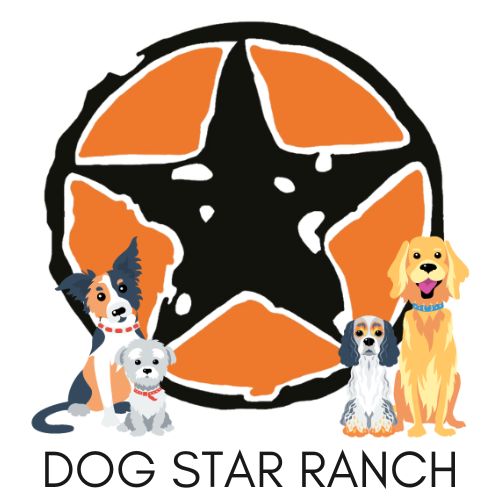More about Gineva
ContactWhat training equipment do you use or recommend:
Body Harness, flat collar, (gentle leader in rare cases) 4'-6' leash, long line.
What happens in your training program when the dog responds in the way you want him to?:
Since I am using positive reinforcement I want to make it clear to my dog when they are doing the right thing and that their reward is on it's way. To do so, I would either use my classically conditioned marker signal to let them know payment is on the way or I would reward with play, scratches or verbal praise. However since food is one of our dog's primary reinforcers I use treats more than other rewards.
What type of training do you prefer? Group classes, one-on-one, special needs, agility, etc.?:
I prefer a private home training sessions or small group workshops over large group classes, as it helps reduce stress on both people and pups. I have a strong focus on behavioral issues like reactivity, but enjoy helping each dog & human team reach their individual goals.
How many years have you been working in the field of dog training and/or behavior?:
Since 2018
What happens in your training program when the dog does not respond in the way you want him to?:
Hopefully we have set them up for success with lots of practice and our goals are attainable, making failure less likely. However if they are not able to offer the response I am hoping for. I will ignore the wrong answer and adjust my training plan in a way that helps them get the right answer next time.
How do you correct unwanted behavior:
My focus is not on telling them when they get it wrong, but helping them get it right as soon and as often as possible.
Science shows corrections by way of physical or physiological discomfort or pain causes our pups to be stressed.
Since a stressed brain does not work as well, I forgo the corrections and adjust my training plan to help my dog get the right answers so they will have confidence knowing the right answer in the future.
What type of dog training have you done?:
I have primarily worked with pet dogs and their families to help improve everyone's quality of life by training better basic skills and working through behavioral issues. I have taught basic group classes for puppies and adults, reactive dog classes, small workshops to teach fun tricks, muzzle training and cooperative care.
What type of preliminary education in learning theory, behavior analysis, animal husbandry, and ethology do you have?:
I have completed an internship and worked for a highly esteemed training organization, done countless hours of in person shadowing, attended training conferences that focus on behavior, learning theory and ethology, as well as health and care of dogs. I have worked in a veterinary setting and volunteer with local rescues, which has given me a lot of valuable insight on behavior and best practices. I adhere to LIMA principles in all my training, am always working to further my knowledge & skill set and I am scheduled to test for my CPDT-KA.
How will you know if the dog you are training is stressed during the training:
My training plans are customized for each dog based on their history form and an in depth pre-training phone consultation in hopes of avoiding stress in training. However I am constantly monitoring the dog's body language and adjusting accordingly. Looking for stress signs like; yawning,lip licking, stiff body, low tail restlessness etc. If I notice stress signals I may opt to take a break, let the dog spend some time sniffing around to decompression or end the session and reassess.
What professional dog training associations are you a member of?:
APDT
What type of training do you practice?:
Positive Reinforcement & Negative Reinforcement
